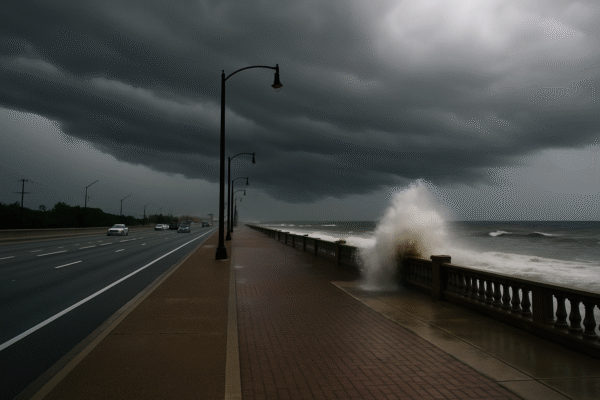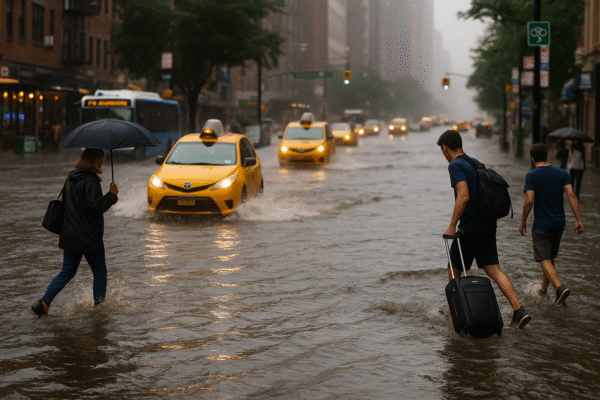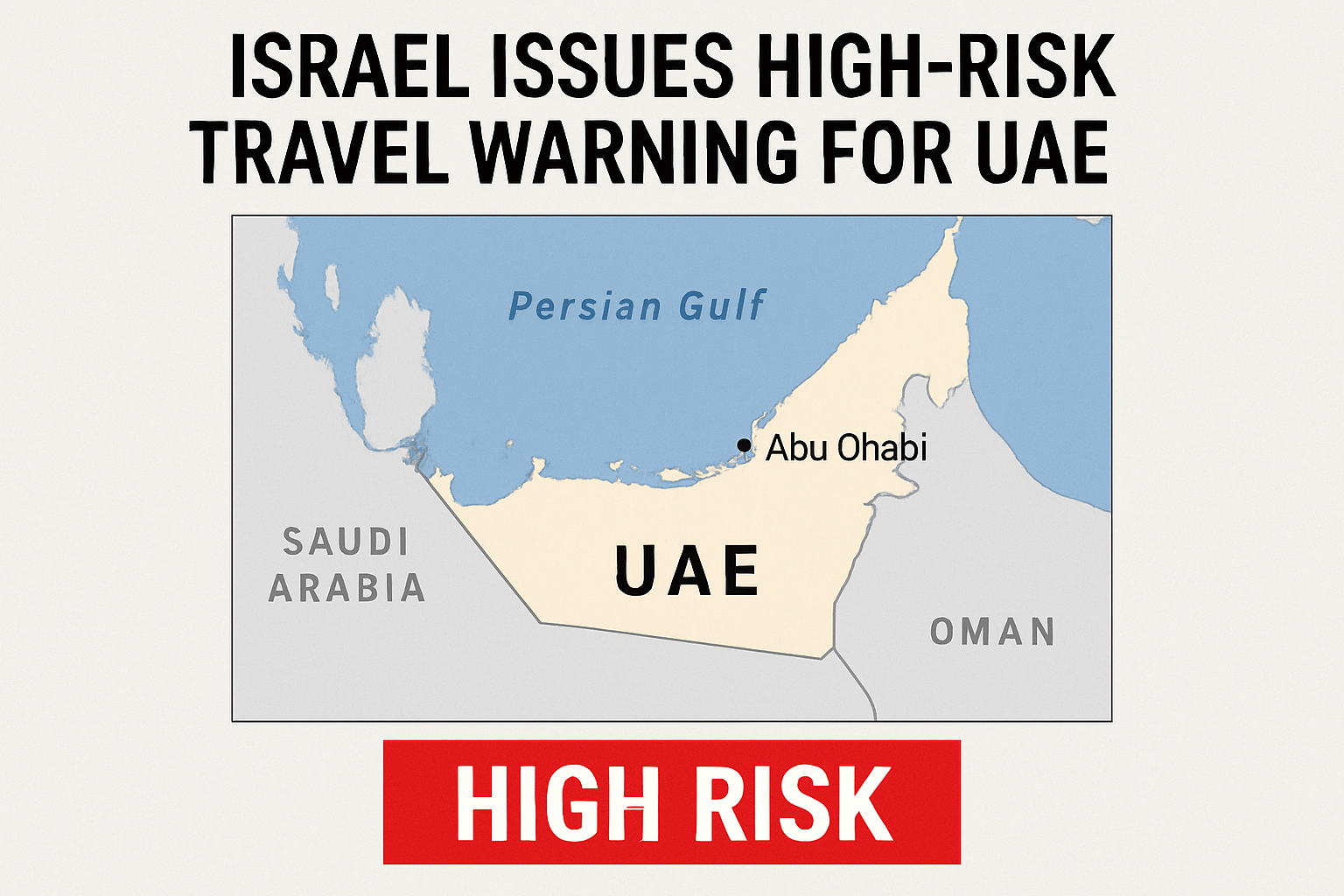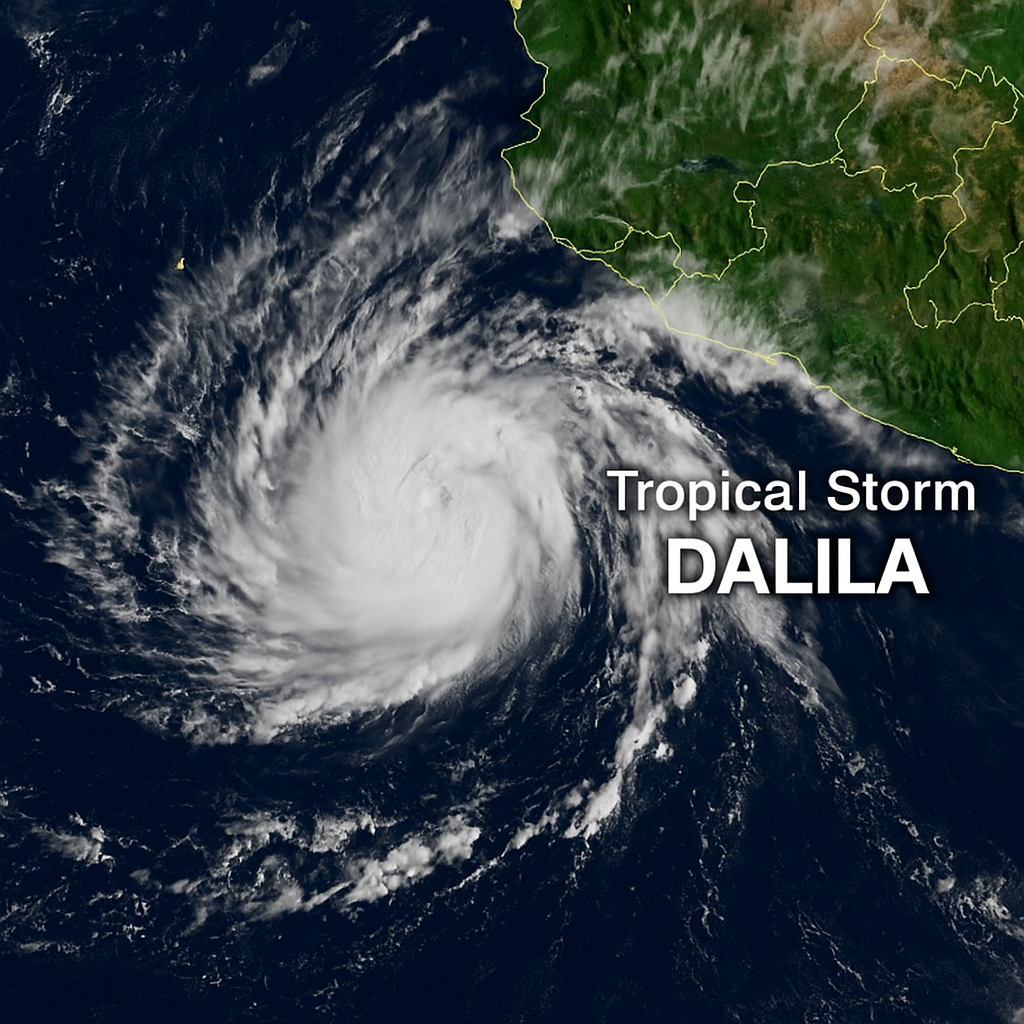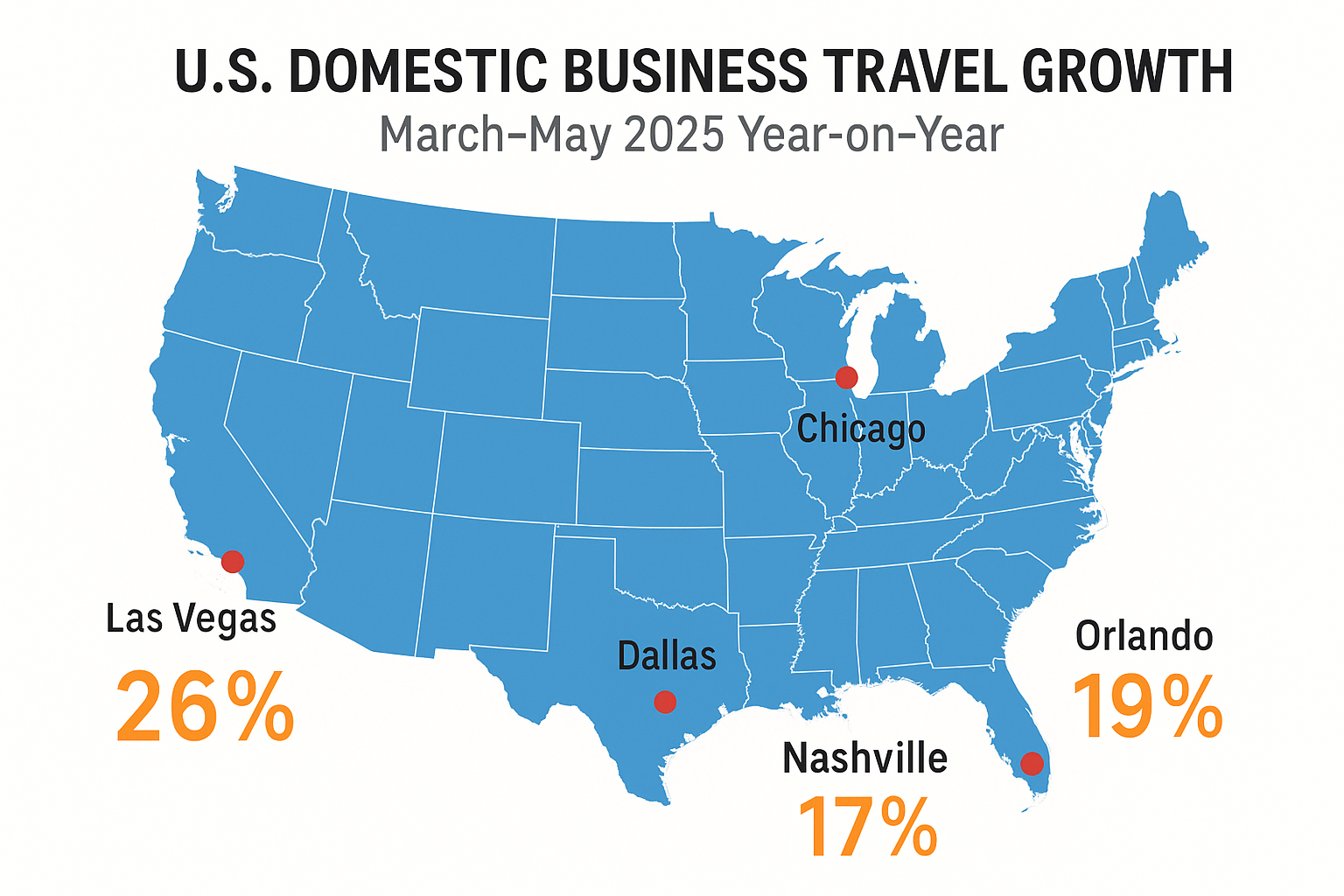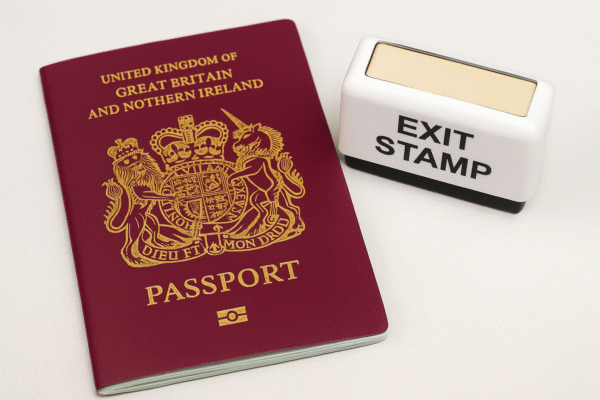Thousands of travelers planning weekend getaways to Mexico’s Pacific coast face severe disruptions as Tropical Storm Dalila rapidly intensifies, causing significant flight cancellations and hotel closures. The storm, currently situated approximately 190 miles south of Zihuatanejo, Guerrero, has triggered widespread warnings from the National Meteorological Service of Mexico.
Dalila’s maximum sustained winds have reached around 40 mph, and the storm is advancing northwest along Mexico’s coastline at approximately 13 mph. Although meteorologists project Dalila to remain offshore, its extensive outer bands have already delivered substantial rainfalls and strong gusts, severely affecting coastal infrastructure and raising flood and landslide concerns in several states, particularly Guerrero, Michoacán, and Colima.
Guerrero’s Tourism Under Immediate Threat
Guerrero state, renowned for popular resort destinations like Acapulco and Ixtapa, anticipates receiving up to six inches of rain, potentially leading to localized flooding. Hotels and resorts in the region are urgently implementing evacuation plans and fortifying structures against potential damage. Beachfront properties have closed beaches, suspended outdoor activities, and secured amenities in preparation for severe weather.
The tourism-driven economy of Guerrero faces immediate threats, with cancellations quickly escalating. Local authorities and hotel operators have activated crisis management protocols to ensure traveler safety and minimize the storm’s impact.
Airports and Airlines Implement Emergency Measures
Flight operations in the affected region have encountered significant disruptions. Zihuatanejo International Airport and other regional hubs are operating in emergency mode, issuing travel advisories that urge passengers to confirm their flights ahead of travel due to expected delays and cancellations. Major airlines serving routes to and from Mexico City and Guadalajara have already begun adjusting schedules and waiving rebooking fees to accommodate affected travelers.
Ground operations at airports are carefully monitoring runway conditions, adjusting services based on visibility, wind speeds, and safety concerns. Aviation authorities emphasize travelers must stay updated via airline communications and official airport announcements.
Michoacán and Colima Brace for Dalila’s Impact
Neighboring states Michoacán and Colima have issued similar urgent travel advisories. Coastal areas popular with tourists have begun closing public beaches, halting maritime activities, and coordinating with local civil protection units. Tourist operators have canceled boat tours, fishing trips, and coastal excursions due to safety concerns.
Colima’s coastal towns, including Manzanillo, are particularly vulnerable, prompting local hotels and resorts to shift into emergency readiness mode. Authorities anticipate possible landslides in mountainous regions and warn of hazardous driving conditions due to expected flooding and debris.
Travelers Face Difficult Decisions and Economic Setbacks
The sudden emergence of Tropical Storm Dalila has forced thousands of tourists to reconsider their travel plans, with many opting to cancel or reschedule entirely. Travelers currently in the region face potential difficulties in securing alternative accommodations or transportation as the situation evolves.
Online travel forums and social media platforms reveal a high volume of uncertainty and frustration among tourists. Travel insurance companies report increased claim activities, emphasizing the storm’s immediate financial impact on travelers.
Tourism Businesses Expect Significant Economic Losses
This storm comes at an unfortunate time for local businesses, as the beginning of summer usually sees high tourism traffic. Coastal vendors, tour operators, hospitality services, and beach-related businesses face significant economic losses with the abrupt halt in tourism activity.
Resort towns across Guerrero, Michoacán, and Colima rely heavily on tourism revenue, and prolonged disruptions from Dalila could exacerbate economic hardships still lingering from pandemic recovery.
Local Governments Activate Emergency Protocols
Guerrero, Michoacán, and Colima’s state governments have activated emergency response plans, preparing evacuation centers and issuing real-time safety alerts through various media channels. Civil protection services have ordered fishermen to return to ports and strongly advised residents and visitors to remain indoors until the storm subsides.
Public transportation disruptions are likely, particularly in vulnerable coastal and mountainous areas. Authorities strongly recommend avoiding non-essential travel during this period.
Future Path of Storm Dalila Remains Uncertain
While current forecasts suggest Dalila may continue to move offshore parallel to Mexico’s coast, any northward shift could significantly alter its impact on coastal regions. Meteorologists continue to monitor its trajectory closely, urging travelers and residents to stay vigilant.
Travelers must remain updated through official advisories from Mexico’s National Meteorological Service, airlines, hotels, and local embassies.
Essential Advice for Weekend Travelers
Tourists planning travel to Mexico’s Pacific coast this weekend should urgently verify flight and hotel statuses. Consider travel insurance coverage, confirm airline policies on cancellations and refunds, and pack essentials in case of extended delays.
Authorities stress the importance of preparedness and safety, advising travelers currently in affected regions to heed local directives and avoid unnecessary risks until the storm passes.
Conclusion: Dalila’s Far-Reaching Impact
Though modest in size, Tropical Storm Dalila’s swift formation and severe impact highlight the vulnerability of coastal tourism economies and traveler plans. From disrupted flights to economic distress, the storm’s effects will be widely felt this weekend. Travelers are encouraged to prioritize safety, stay informed, and prepare for rapid changes as the storm’s situation unfolds.
For more travel news like this, keep reading Global Travel Wire




